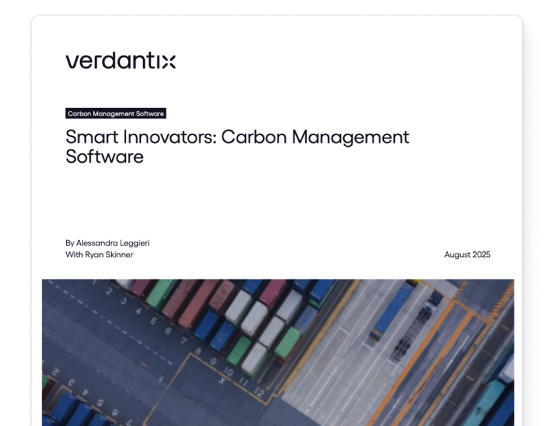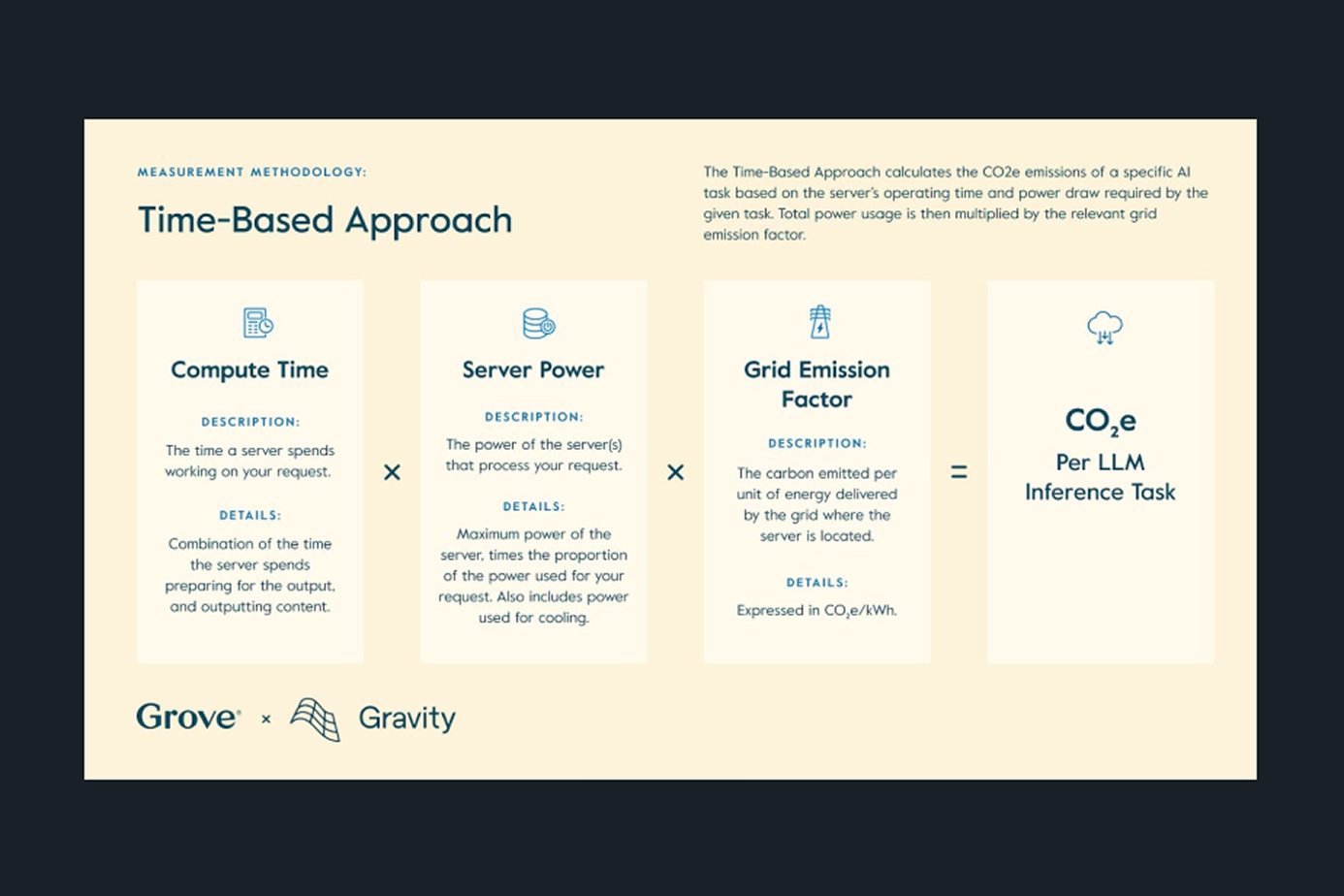See why customers are switching to Gravity
Decarbonization gives construction firms a competitive edge
Sustainable Construction will play a pivotal role in the global effort to combat climate change.

Why is Sustainable Construction Important?
The construction industry will play a pivotal role in the global effort to combat climate change and limit temperature rise to 1.5 degrees celsius, a goal that the G20 reaffirmed in November 2022. With the Paris Agreement calling for net zero carbon emissions by 2050, the construction industry, which is responsible forapproximately 25 percent of global greenhouse gas emissions, must take significant action.
To meet net zero targets by 2050, the buildings and construction industries will need to accelerate decarbonization to a rate three times faster over the next 30 years than how they have been operating for the previous 30 years, according to a study by McKinsey.
How to Accelerate Decarbonization in Construction?
Fortunately, there are many promising pathways for more sustainable construction. Reaching net zero is an ambitious target, but it is possible. New research, innovations in raw materials and technologies, and billions of dollars of federal and state government incentives provide a path for the construction industry to meet carbon reduction goals in practical, cost-effective ways that will ensure the strength and success of the construction industry going forward.
It is becoming clearer by the day that construction firms should act quickly, not just because it is the right thing to do, but also because it is a smart business decision that will create competitive advantages and value for the long-term.
The Role of Design and Pre-Construction
Before breaking any ground on a construction project, decisions related to sustainable building materials have a significant impact on a project’s carbon footprint during the design and pre-construction phases of a project. In the built environment, most of the decisions that impact the carbon footprint of a project are made during the design phase. For example, how many square feet is the project? How much concrete will the foundation require? Will the builders try to pursue LEED certification? These decisions are typically made by developers and architects before contractors are even brought on to the construction project.
The Impact of Embodied Carbon
Embodied carbon refers to the emissions associated with the manufacturing, transportation, installation, maintenance, and disposal of building materials. Almost all of the decisions made during pre-construction impact the embodied carbon of a project. The specific building materials and even the manufacturer of those materials make a big difference. For example, significant energy consumption and carbon emissions go into the production of building materials before they are ever sold or used on construction sites.
The biggest drivers of embodied carbon in the construction industry and the built environment happen to be the most ubiquitous materials too: steel, cement, and iron. Approximately one third of the construction industry’s greenhouse gas emissions are from embodied carbon.
Some general contractors may be able to influence the design phase and make suggestions to reduce the embodied carbon of a project. And many materials are not precisely specified in a project plan, so contractors can still influence exactly which material is used on site. Tools like Building Transparency’s EC3 Calculatormake it easy to compare the embodied carbon of building materials and building projects, so that you can select the lower-carbon option.

Source: Carbon Leadership Forum
Innovations in Sustainable Building Materials, Energy Consumption, and Construction Practices
Reductions in embodied carbon are cost-effective and easy to implement if considered early. A recent RMI report found that building designers can reduce embodied carbon by up to 46% at cost premiums of less than 1%. Most of these reductions leverage materials available through standard procurement processes, such as lower-carbon cement.

Source: Rocky Mountain Institute
Net Zero Materials and Electric Equipment
Looking ahead, the development of zero-carbon building materials and the adoption of electric-powered equipment hold immense promise. Today, many of these alternatives are in development or have limited supply and higher price tags, but investing in them early and becoming an early adopter ensures that they will become more cost-competitive and commercially available over time.
Streamlined Embodied Carbon & Carbon Footprint Measurement
Data-driven technologies are also emerging to help construction firms navigate this transition. Solutions like our platform at Gravity Climate provide construction firms with the tools to establish a baseline understanding of their carbon footprint and cost-effectively reduce their emissions. This approach not only allows firms to meet sustainability goals, but it also encourages businesses to see decarbonization as a strategic opportunity and advantage.
The Government's Sustainable Construction Strategy
Although the majority of decarbonization efforts are voluntary in the US today, the US government has proposed a new rule that would require most contractors and suppliers to the federal government to measure and disclose their GHG emissions and set science-based reduction targets. The requirements would vary according with businesses’ size, but the message is clear: if you sell or want to sell to the federal government – the world’s largest procuring entity – it is in your interest to get started on your climate journey.
The SEC has also proposed a mandatory disclosure requirement, and Congress recently passed the Inflation Reduction Act with billions of dollars of positive incentives for decarbonization.
The Long-Term Value of Decarbonizing Construction
Decarbonization presents an opportunity for construction firms to demonstrate environmental leadership, enhance competitiveness, and adapt to changing market dynamics. By embracing sustainable practices, leveraging innovative technologies, and capitalizing on government initiatives, construction companies can position themselves as frontrunners in the industry while contributing to a sustainable future. Taking action now not only aligns with climate goals but also provides construction sector with a distinct advantage in a rapidly evolving construction landscape.
How Gravity Climate Can Help
If you’re a general contractor or company within the construction industry curious about how to reduce your carbon footprint, our team can help. Gravity works with companies across the entire construction value chain – from building material manufacturers to contractors to real estate developers. Reach out to our team today to learn how we can help you win customers, save money and reduce risk, while embedding sustainability into your business strategy.
Download the report to learn more
VerdantixTM Smart Innovators: Carbon Management Software

Curious about Gravity's Energy Management Marketplace?
Book a demo to learn more

Curious about Gravity's Europe expansion?
Book a demo to learn more
.png)
Ready to get off the merry-go-round?
Book a demo to learn more.

Curious about Gravity's CDP accreditation?
Book a demo to learn more.

California's Carbon Reporting Rule
Watch our webinar to prepare for California's new climate regulation

Curious about these features?
Book a demo to learn more.

Be prepared for SECR
Meet with our team, walk through the steps you'll need to take to report, and start a free trial to see how Gravity can help you report with greater speed and accuracy.

See the platform in action
Watch a short video to see why leaders like WM, TTI, and WAF have chosen to work with Gravity to simplify carbon accounting and drive business impact.

Meet with our team, walk through the steps you'll need to take to report, and start a free trial to see how Gravity can help you report with greater speed and accuracy.

Cut down reporting time by 70%
Request a demo to see these features in action and learn how they can save hours of manpower in your next reporting cycle.
Looking to Uplevel Your Sustainability Programs in 2025?
Reach out for a personalized meeting with our climate experts to find opportunities to save time on regulatory compliance, simplify internal communications, and execute projects that deliver real business impact.
Find energy efficiency projects that deliver value
Learn how to reduce energy costs and emissions.

Be prepared for the CSRD
Get in touch to find out how your company should prepare for the CSRD amidst changes to the regulation.




%20(1).png)